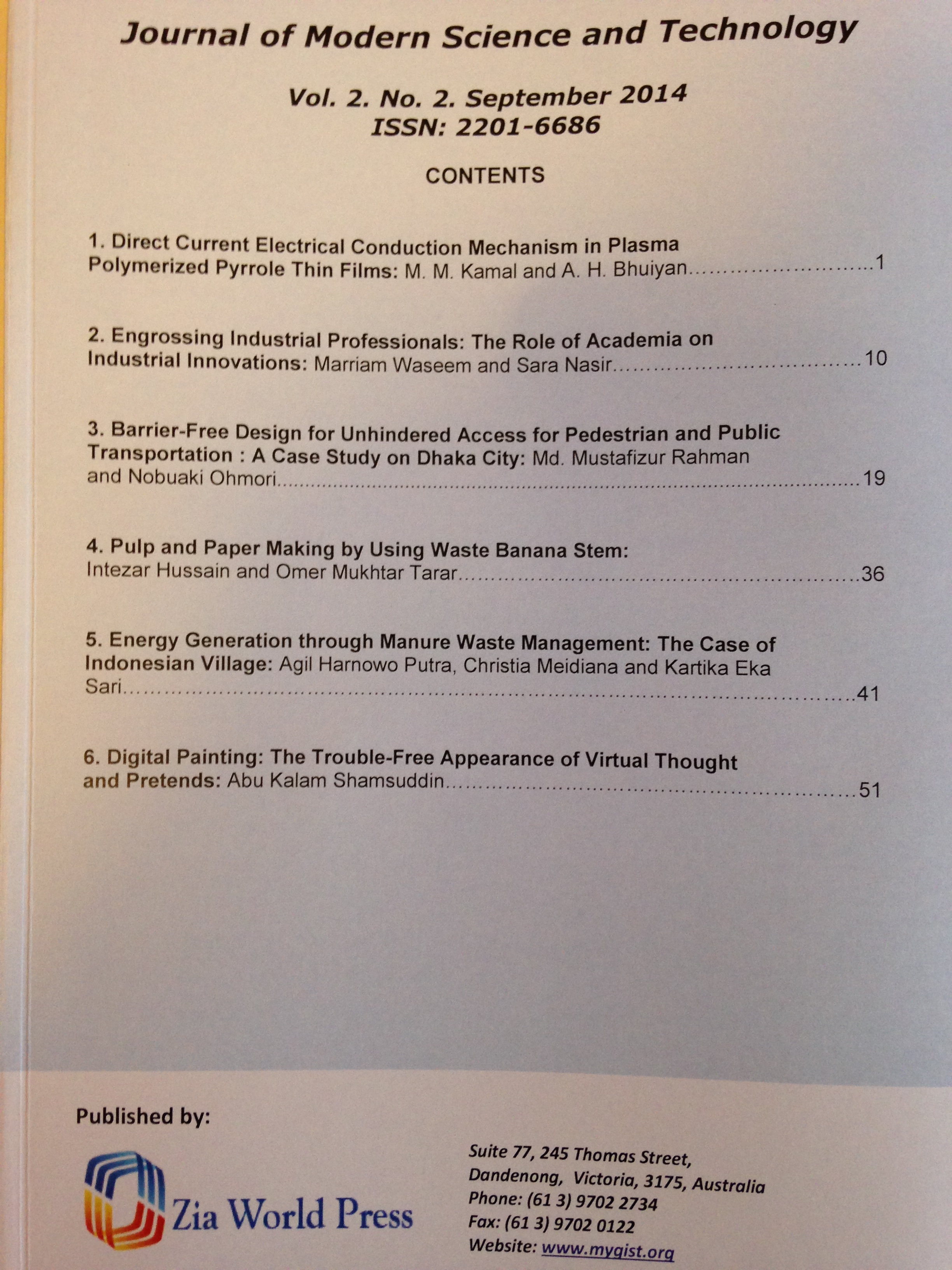September 2018 (Journal of Modern Science and Technology)
Total Articles - 5

